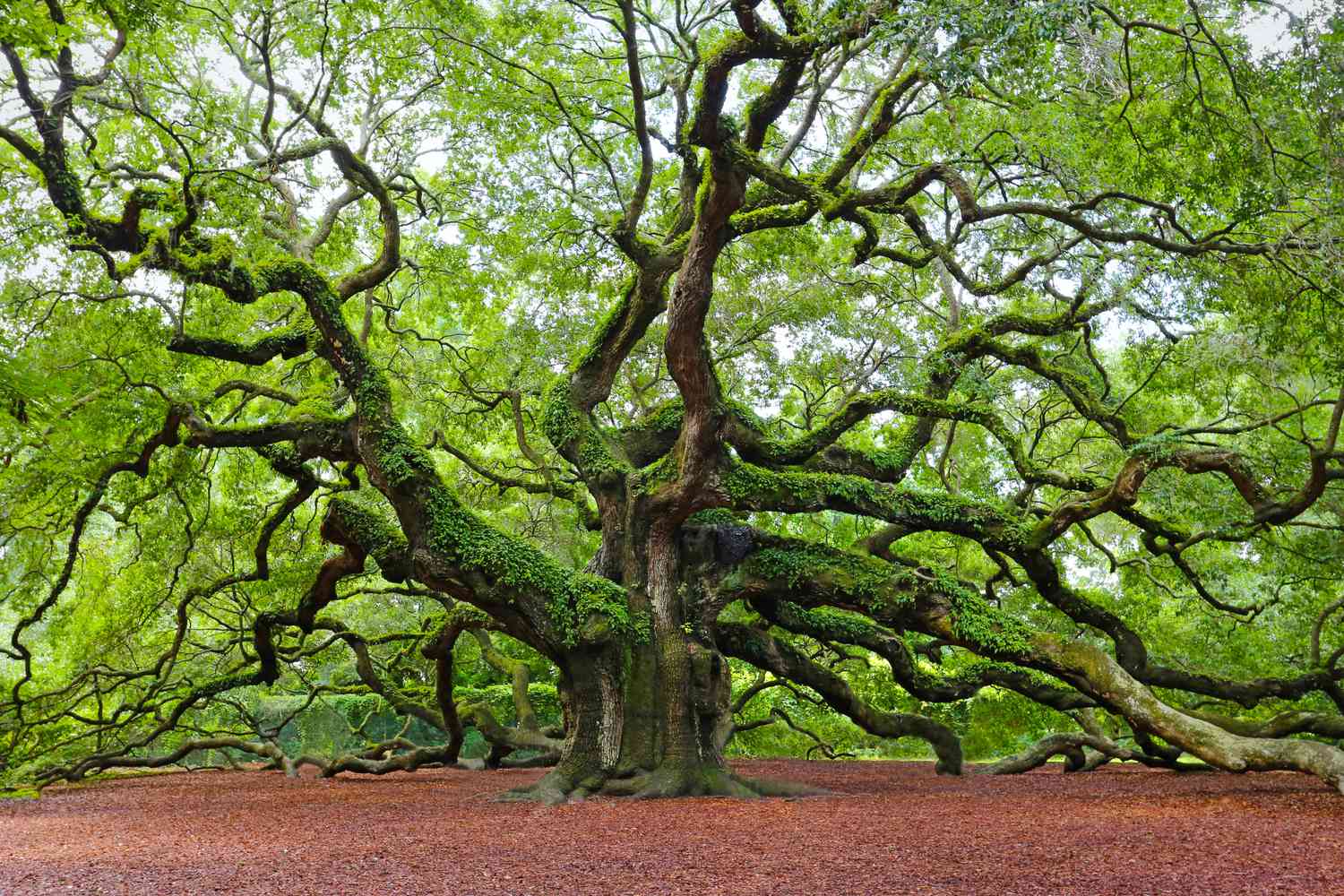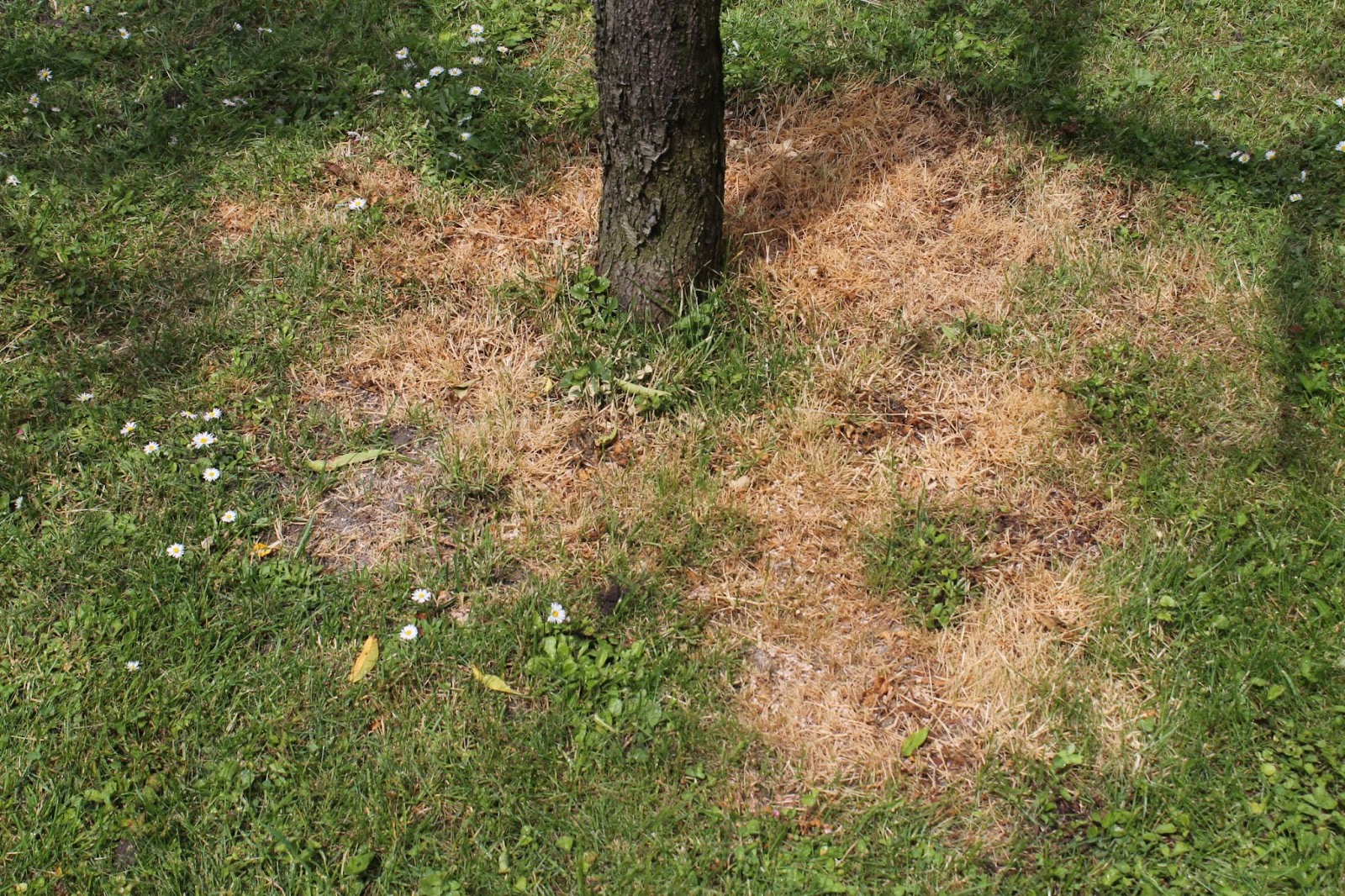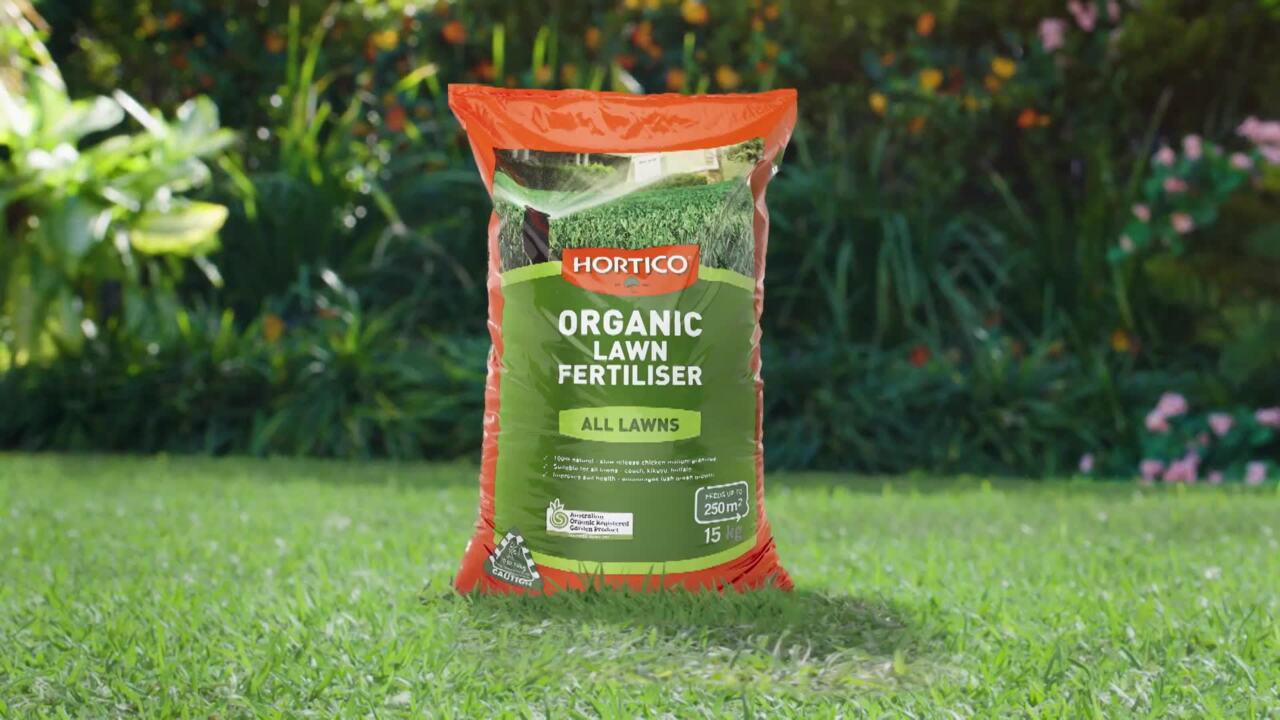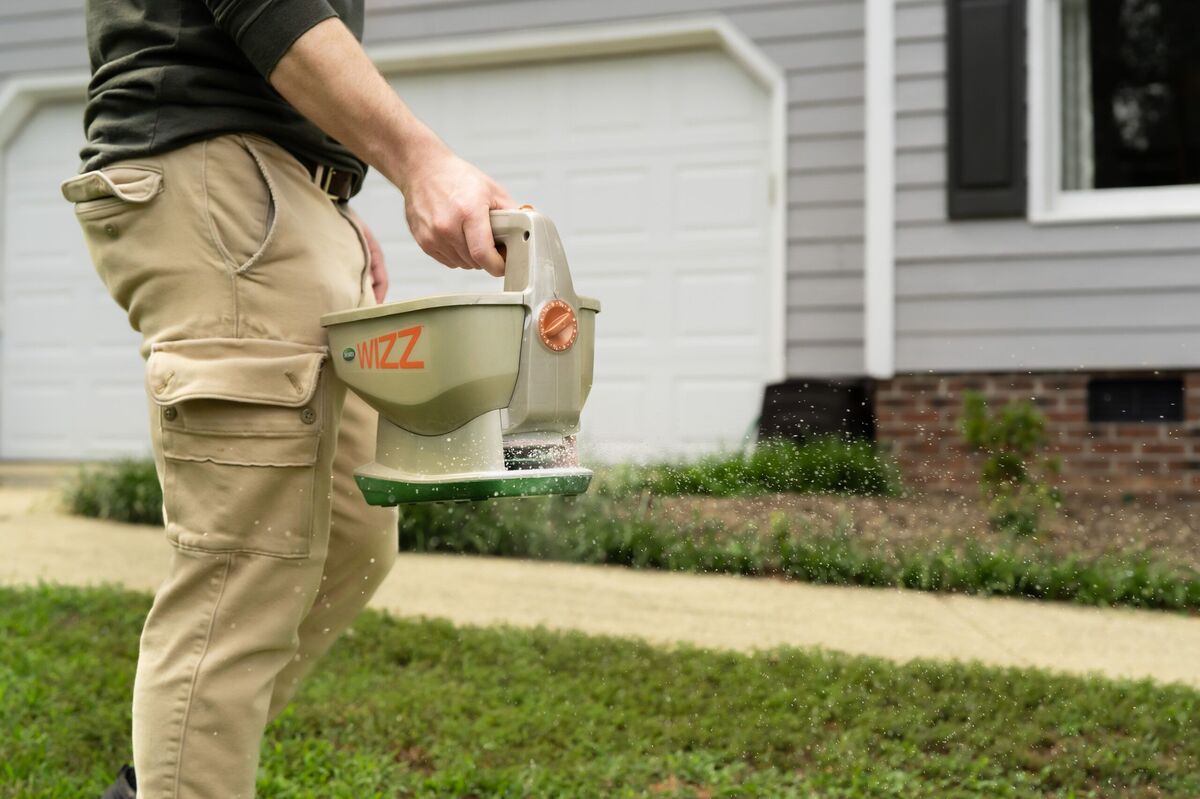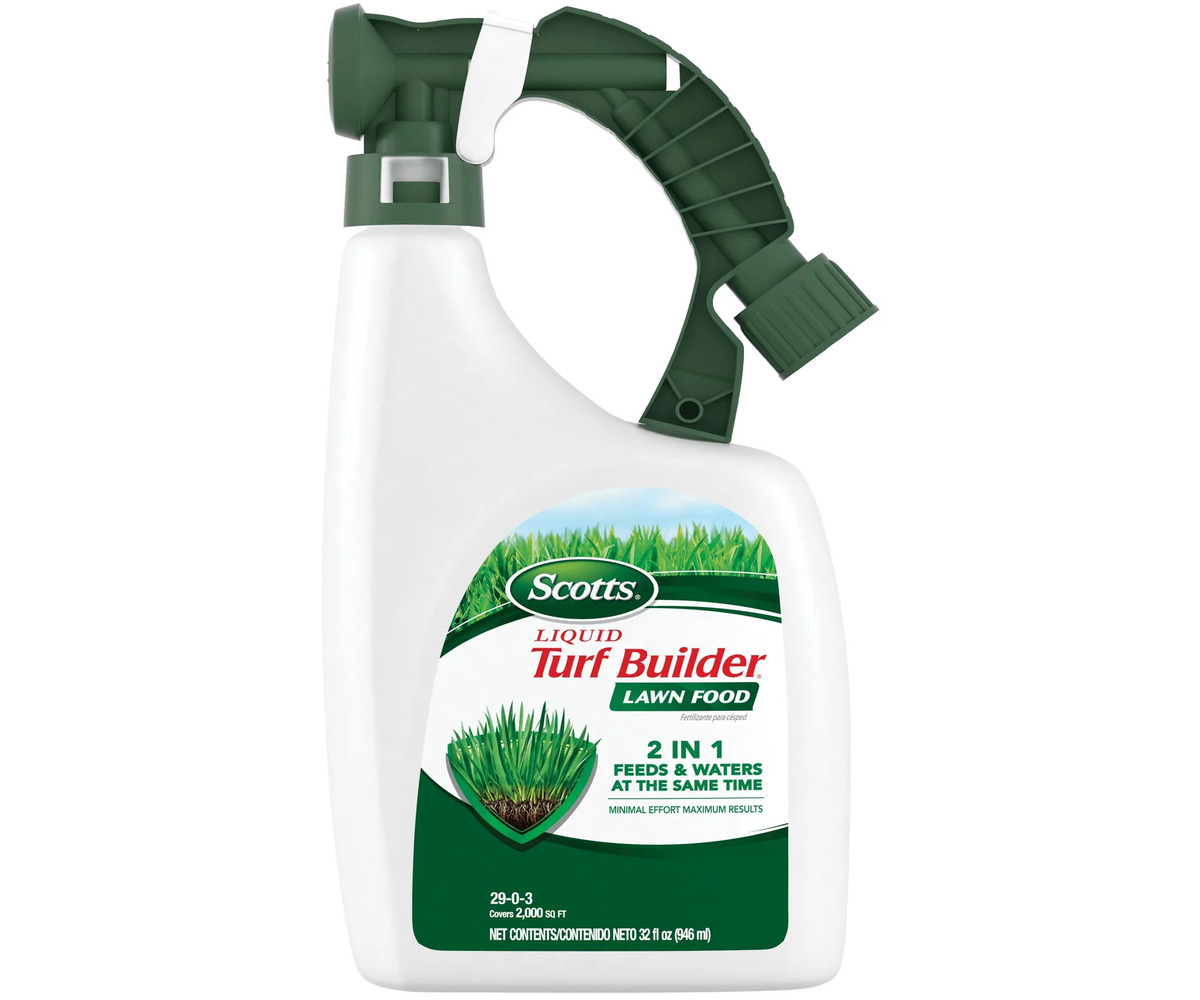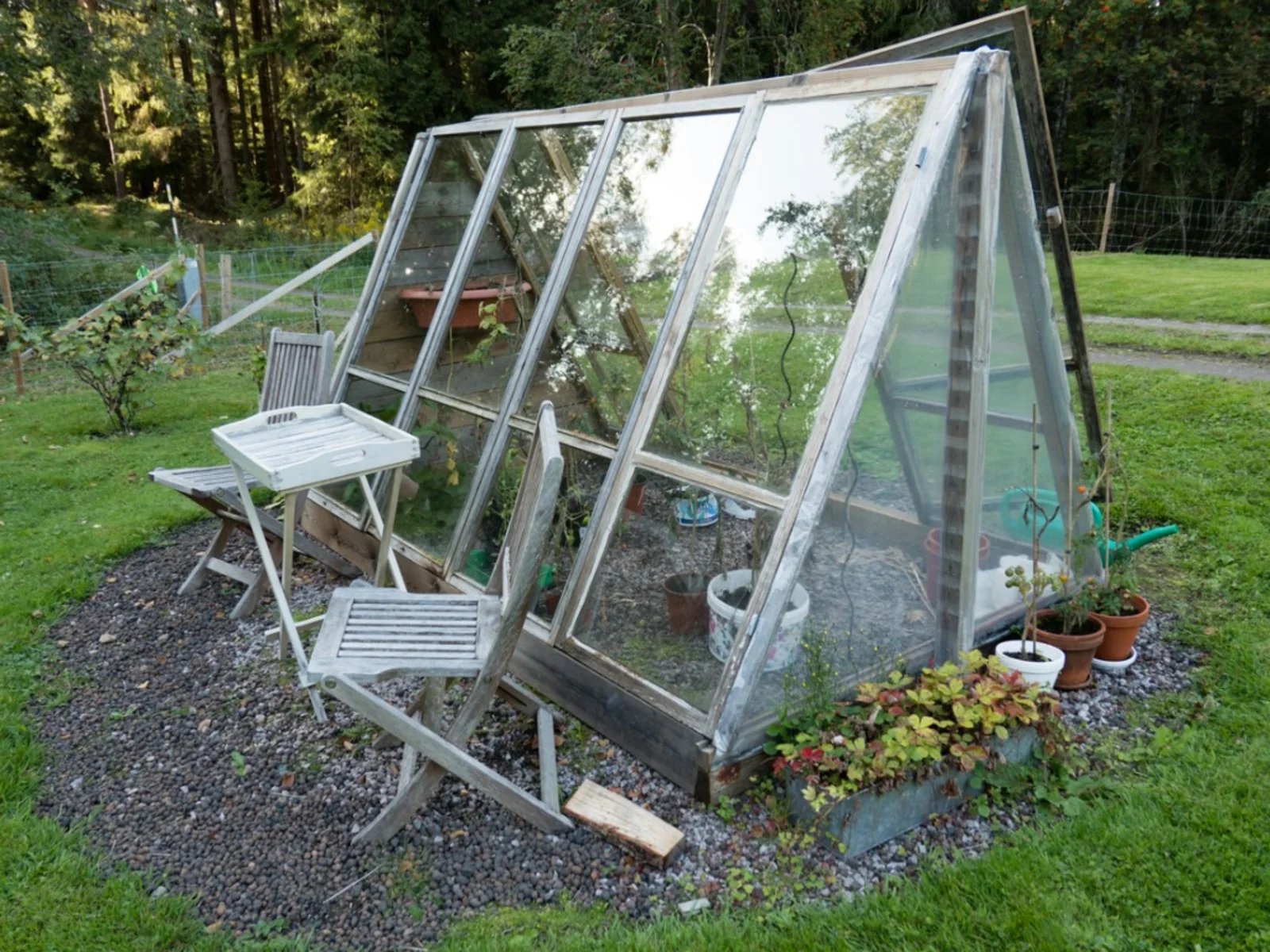Home>Gardening Basics>How To Dispose Of Old Lawn Fertilizer
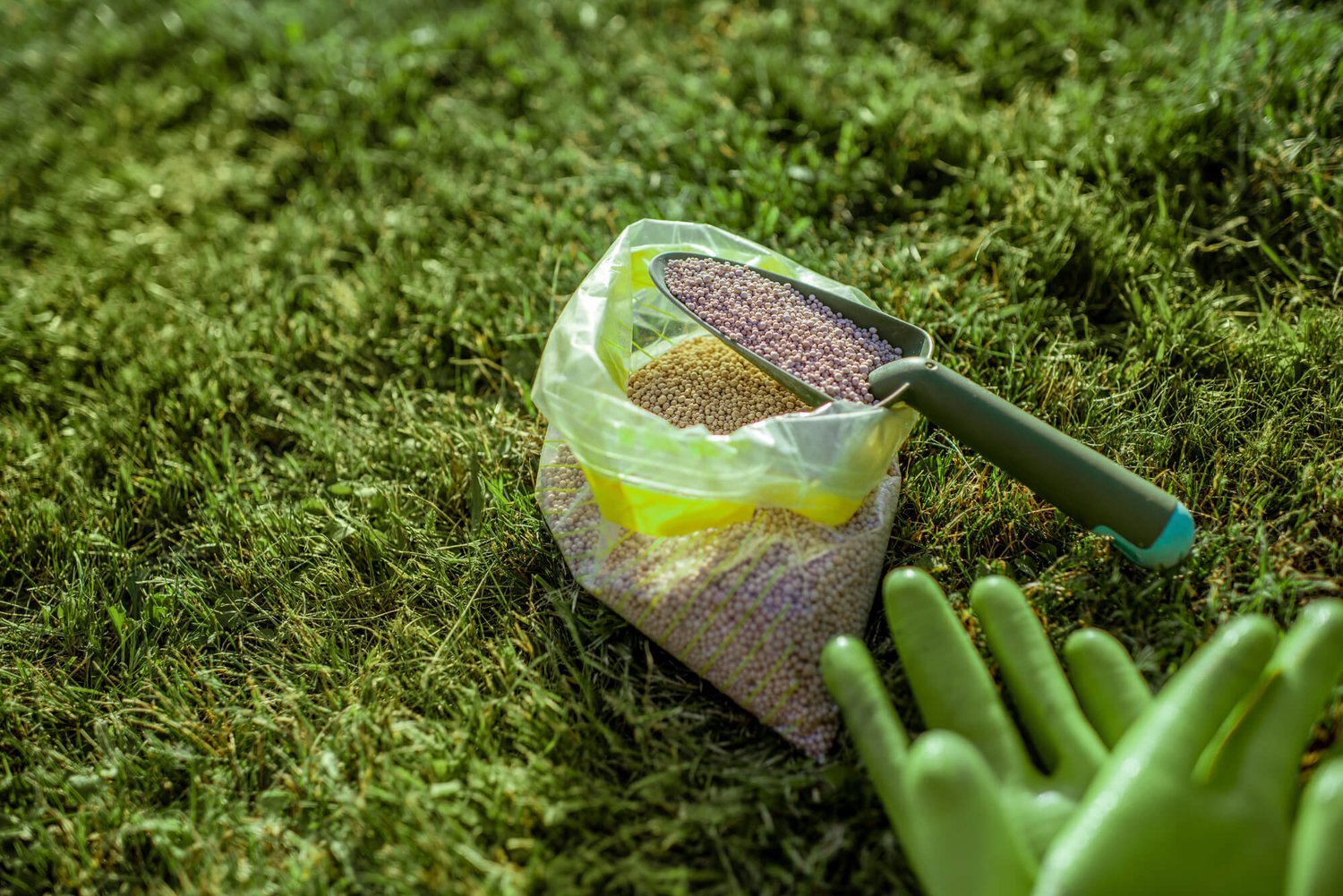

Gardening Basics
How To Dispose Of Old Lawn Fertilizer
Modified: January 22, 2024
Learn the best methods for getting started with disposing of old lawn fertilizer safely and responsibly. Find out how to properly handle and remove outdated fertilizer from your yard.
(Many of the links in this article redirect to a specific reviewed product. Your purchase of these products through affiliate links helps to generate commission for Chicagolandgardening.com, at no extra cost. Learn more)
Table of Contents
Introduction
When it comes to maintaining a healthy and vibrant lawn, using fertilizer is often a common practice. However, there may come a time when you need to dispose of old lawn fertilizer. Whether it’s because the fertilizer has expired, you’re switching to a different type, or you simply have excess product on hand, proper disposal is crucial to protect the environment and ensure the safety of those handling the waste.
Disposing of old lawn fertilizer may seem like a daunting task, but with the right knowledge and resources, it can be a simple and responsible process. In this article, we will guide you through the steps to properly dispose of your old lawn fertilizer. From checking the expiration date to contacting your local waste management facility, we will cover all the necessary information to ensure you handle this task safely and efficiently.
By following the guidelines provided, you will not only be doing your part in protecting the environment but also preventing any potential hazards associated with improper disposal. So, let’s dive in and learn more about how to effectively and responsibly dispose of old lawn fertilizer.
Step 1: Check the Expiration Date
The first step in properly disposing of old lawn fertilizer is to check the expiration date. Most fertilizers have a shelf life, and using expired fertilizer can be ineffective or even harmful to your lawn. It’s important to note that the expiration date is not just an arbitrary date; it indicates when the ingredients in the fertilizer may start to break down or become less effective.
To check the expiration date, locate the product label on the packaging of the fertilizer. The expiration date is typically printed on the label and will give you an idea of whether the fertilizer is still usable or not. If the fertilizer is past its expiration date, it is best to dispose of it and not risk using a product that may do more harm than good to your lawn.
If you no longer have the original packaging or the expiration date is not visible, it’s best to err on the side of caution and assume the fertilizer is expired. This is especially important for fertilizers that contain chemicals or additives that may degrade over time.
By checking the expiration date, you are taking the necessary step to ensure the effectiveness and safety of the fertilizer for your lawn. If the fertilizer is expired, it’s time to move on to the next step of disposing of it properly.
Step 2: Determine the Type of Fertilizer
After checking the expiration date, the next step in disposing of old lawn fertilizer is to determine the type of fertilizer you have. Different types of fertilizers have different composition and may require specific disposal methods. By knowing the type of fertilizer you are dealing with, you can ensure that you follow the proper guidelines for its safe disposal.
There are several common types of lawn fertilizers, including granular fertilizers, liquid fertilizers, organic fertilizers, and synthetic fertilizers. Each type has its own characteristics and may contain different ingredients that require specific disposal methods.
Granular fertilizers are solid pellets or granules that are spread over the lawn. They are typically composed of a mixture of nutrients and binding agents. Liquid fertilizers, on the other hand, are concentrated solutions that are mixed with water and sprayed onto the lawn. Organic fertilizers are derived from natural sources such as compost, manure, or plant extracts. Synthetic fertilizers, also known as chemical fertilizers, are manufactured using synthetic chemicals.
Once you have determined the type of fertilizer you have, you can proceed with the appropriate disposal method. Some fertilizers can be safely disposed of in the regular trash, while others may require special handling or recycling. It’s important to note that certain types of fertilizers, especially those containing hazardous chemicals, may be classified as household hazardous waste and require specific disposal procedures.
To determine the specific guidelines for your type of fertilizer, you can refer to the product label or contact the manufacturer for information. Additionally, your local waste management facility can provide guidance on the proper disposal methods for different types of fertilizers in your area.
By accurately determining the type of fertilizer, you can ensure that you follow the appropriate disposal procedures, minimizing any potential harm to the environment and human health.
Step 3: Contact Your Local Waste Management Facility
Once you have identified the type of fertilizer you have, the next step in disposing of old lawn fertilizer is to contact your local waste management facility. They are equipped with the knowledge and resources to provide guidance on the proper disposal methods for different types of fertilizers in your area.
Your local waste management facility can inform you about any specific regulations or guidelines regarding the disposal of fertilizers. They may have designated drop-off locations or scheduled collection events where you can safely dispose of old fertilizer. They can also provide information on recycling options or whether the fertilizer can be safely disposed of in your regular trash.
When contacting the waste management facility, it’s important to provide them with accurate information about the type of fertilizer you have. This will help them determine the appropriate disposal method and ensure that it is handled safely and responsibly.
In some cases, the waste management facility may require you to bring the old fertilizer to their facility for proper disposal. They may also provide guidelines on packaging and labeling the fertilizer for transport to ensure the safety of the disposal process.
Remember, it’s crucial to reach out to your local waste management facility as they are the experts in handling and disposing of hazardous materials like fertilizers. They will provide you with the necessary information and instructions to dispose of your old lawn fertilizer in an environmentally-friendly and responsible manner.
Step 4: Follow Local Guidelines for Disposal
Once you have contacted your local waste management facility and obtained the necessary information, it’s time to follow the specific guidelines for the disposal of old lawn fertilizer in your area. These guidelines may vary depending on your location and local regulations, so it’s important to adhere to them to ensure proper and safe disposal.
Some areas may allow you to dispose of old fertilizer in your regular trash, while others may require you to bring it to a designated drop-off location. It’s important to follow the instructions provided to prevent any potential harm to the environment or the individuals handling the waste.
If you are instructed to dispose of the fertilizer in your regular trash, it’s recommended to seal it in a sturdy plastic bag or container to prevent any leakage or contamination. This will help protect the waste collectors and minimize any potential risks.
If there are specific requirements for packaging, labeling, or transporting the fertilizer, make sure to follow them carefully. This may include using specific types of containers, labeling them as hazardous waste, or securing them in your vehicle during transportation.
It’s crucial to emphasize that you should never pour old fertilizer down the drain or toilet, as this can lead to water pollution and environmental damage. Always dispose of it according to the recommended methods provided by your local waste management facility.
By following the local guidelines for disposal, you can ensure that you are handling the old lawn fertilizer in a manner that is compliant with the regulations in your area and minimizes any potential harm to the environment and public health.
Step 5: Consider Alternative Uses for Old Fertilizer
Before disposing of your old lawn fertilizer, it’s worth considering if there are any alternative uses for it. While the fertilizer may no longer be suitable for your lawn, it could still serve a purpose in other areas of your garden or even for non-plant-related applications.
One possible alternative use for old fertilizer is to donate it to a community garden, a local farm, or a neighbor who may still find it useful. Some organizations or individuals may be willing to accept expired or unused fertilizer for their gardening or agricultural projects. Be sure to verify whether they have specific requirements for accepting fertilizer and follow any guidelines they provide.
You can also repurpose the fertilizer for non-plant-related applications. For example, you can use it as a way to deter pests or rodents by spreading it along the perimeter of your property. Fertilizer can also be used as a deodorizer for compost bins or areas with unpleasant odors. Just be cautious when using fertilizer in applications other than plant nutrition, and ensure that it’s safe for the intended purpose.
Another option is to compost the old fertilizer, especially if it is an organic or natural fertilizer. Composting allows the organic matter in the fertilizer to break down and eventually return valuable nutrients to the soil. However, it’s important to note that not all fertilizers are suitable for composting, especially those containing synthetic chemicals. Verify the composting guidelines and ensure that the composting process is done correctly to avoid any negative impact on the environment.
By considering alternative uses for your old fertilizer, you can potentially find ways to repurpose it or donate it to others who can benefit from it. This reduces waste and avoids unnecessary disposal, while still finding value in the product.
Step 6: Store Any Unused Fertilizer Properly
After disposing of your old lawn fertilizer, it’s important to store any remaining or unused fertilizer properly to ensure its longevity and effectiveness. Proper storage not only maintains the quality of the fertilizer but also prevents any potential hazards that may arise from mishandling or accidental exposure.
Start by storing the fertilizer in its original packaging if possible. The packaging is designed to protect the fertilizer from moisture, sunlight, and other environmental factors that can degrade its quality. If the original packaging is damaged or unavailable, transfer the fertilizer to airtight containers that are labeled with the product name and any necessary safety information.
Store the fertilizer in a cool, dry, and well-ventilated area. Avoid storing it in areas that are exposed to extreme temperatures or direct sunlight, as this can affect its chemical composition and effectiveness. Keep the fertilizer away from any sources of heat or flames to prevent the risk of combustion or fire.
It’s important to store the fertilizer out of reach of children and pets. Fertilizers can contain chemicals that may be harmful if ingested or come into contact with skin or eyes. Keep the fertilizer in a locked cabinet or a high shelf to prevent unintentional access.
Regularly inspect and monitor the stored fertilizer for any signs of degradation, such as clumping, discoloration, or foul odor. If you notice any changes or suspect that the quality of the fertilizer has been compromised, it’s best to dispose of it properly rather than risk using an ineffective or potentially harmful product on your lawn.
By storing any unused fertilizer properly, you can extend its shelf life and ensure that it remains safe and effective for future use. This not only saves you money but also promotes responsible handling and reduces the need for frequent disposal.
Conclusion
Properly disposing of old lawn fertilizer is essential to protect the environment and ensure the safety of those handling the waste. By following the steps outlined in this article, you can effectively and responsibly dispose of your old fertilizer.
Start by checking the expiration date to determine if the fertilizer is still usable. If it has expired, it’s best to discard it. Next, identify the type of fertilizer you have to understand the specific disposal requirements. Contact your local waste management facility to obtain guidance and follow their instructions for disposal.
It’s important to follow the local guidelines for disposal to ensure compliance with regulations and minimize any potential harm. If possible, consider alternative uses for the old fertilizer, such as donating it or repurposing it for non-plant-related applications.
Lastly, store any unused fertilizer properly to maintain its quality and prevent hazards. Keep it in a cool, dry place, away from children and pets. Regularly inspect the stored fertilizer for any signs of degradation.
By taking these steps, you can ensure that you handle the disposal of old lawn fertilizer in a safe and environmentally-friendly manner. Remember, responsible fertilizer disposal is not only a legal requirement but also a way to protect our ecosystem and promote a healthier environment for everyone.
